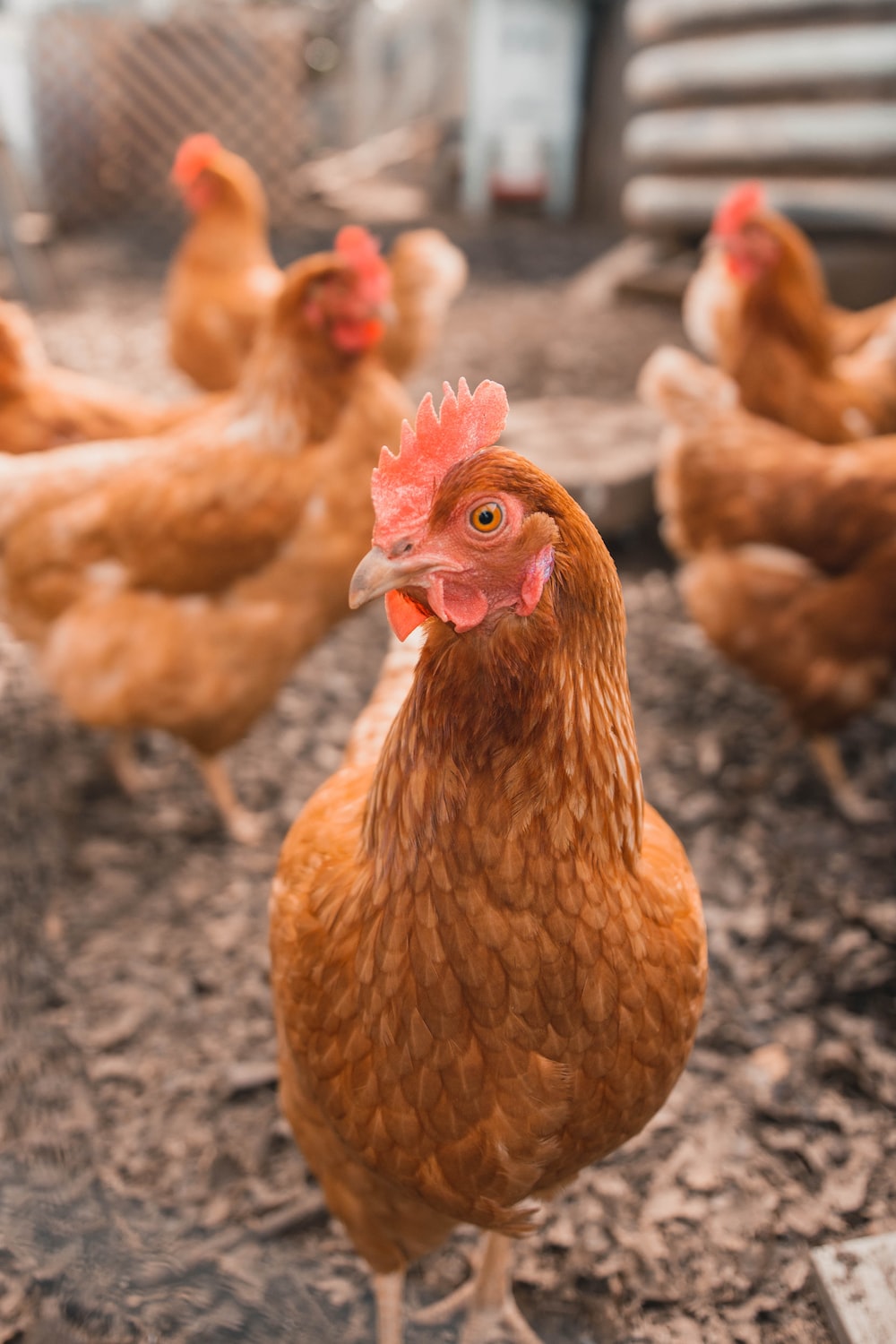Bee-keeping, also known as apiculture, is a rewarding endeavor that not only supports ecological balance but also provides valuable products such as honey, beeswax, and propolis. Starting a bee colony requires careful consideration and proper techniques. In this blog, we will explore the steps involved in initiating a bee colony through baiting swarms or catching natural swarms.
Baiting Swarms
Baiting swarms involves creating an enticing environment to attract and colonize bees. Follow these steps for successful baiting:
1. Rub the inside of the hive and along the ridge on the top bars with melted beeswax or propolis to mimic the scent of bees.
2. Place the top bars on the hive and close it with a lid.
3. Regularly inspect the hive, preferably every fortnight, to assess growth, queen presence, insect pests, diseases, and honey availability.
4. This method allows the colony to establish itself within the hive naturally.

Catching a Swarm
Catching a swarm involves collecting a naturally occurring group of bees. Here's how to do it:
1. Wear appropriate protective gear, including a veil and gloves, and have a smoker ready.
2. Approach the swarm calmly and gently smoke the bees to keep them calm.
3. Place a capture box or carton beneath the clustering bees.
4. Shake or brush the bees into the capture box, ensuring the majority enter before covering it.
5. Transfer the swarm into an already installed hive and inspect regularly to monitor growth.
6. Use this method for an established colony in a new location.

Initial Feeding
After colonization, provide a sugar syrup (1:1 sugar and water ratio) or honey if available to feed the bees while they acclimate to their surroundings. Initial feeding typically lasts for 2 to 3 days.

Bee Handling
Proper handling of bees is crucial for the safety of both the beekeeper and the colony. Follow these practices:
1. Avoid unnecessary movements or noise, as rapid and nervous actions can agitate the bees.
2. Do not use perfumes or scented lotions, as strong scents attract bees and may incite them to sting.
3. Use smoke to control the bees, maintaining a cool white smoke to calm them.
4. Avoid killing bees, as this can agitate the colony and increase the likelihood of stinging.
5. When opening a hive, blow a little smoke into the entrance holes, move behind the hive, and work gently from the empty side.
6. Control swarming by harvesting honey or dividing the colony to provide adequate space in the hive.
7. Prevent swarming by monitoring colony growth and taking preemptive measures.
Note: Avoid using open fire to prevent bee casualties and unplanned bushfires.
Starting a bee colony requires patience, knowledge, and careful handling. By baiting swarms or catching natural swarms, providing initial feeding, and adopting proper bee-handling practices, beekeepers can establish and maintain healthy colonies. As bees play a crucial role in pollination and ecosystem health, responsible beekeeping contributes to both agricultural success and environmental sustainability.





 Formulate Feed
Formulate Feed
Comments
Be the first to comment . You must be logged in to post a comment